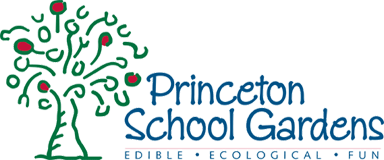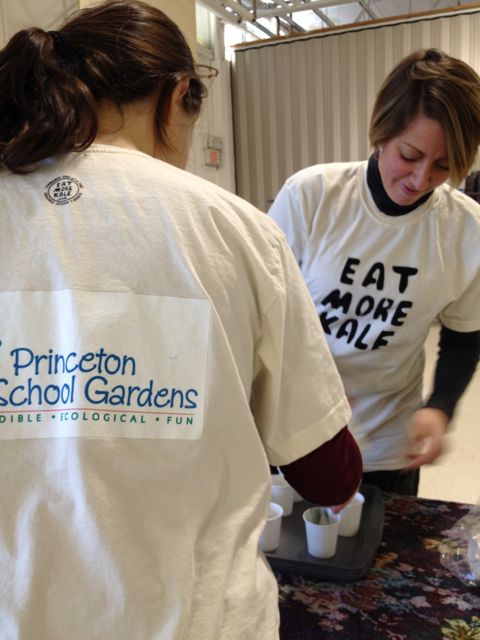By Assenka Oksiloff
Princeton Regional Schools
Fresh kale with salt and/or lemon, kale chips, kale soup – students at Littlebrook Elementary School sampled some ways to enjoy this earthy-tasting green in the latest series of tastings of the Garden State on Your Plate program.
The event featured recipes of Christopher Albrecht, executive chef of Eno Terra, in Kingston. For Annie Kosek, principal at Littlebrook, it was a way of using positive peer pressure in the opening of young minds – and whetting young appetites – in the discovery of new things. “We have a culturally diverse student body,” she said. “The children are used to seeing each other eat different things. The more they taste, the more they say, ‘this is good!’”
And that is exactly what occurred. Some of the most stalwart of skeptics were won over (in the words of one young taste tester: “The soup looks disgusting, but it actually tastes good”).
Jayme Feldman, a parent volunteer at the event, greeted the reactions with enthusiasm. “Any chance my daughter will try something new, I want to encourage it,” she said.
The tasting also allowed students to learn more about the foods they eat. Chris Turse, farmer at Double Brook Farm in Hopewell, who donated produce for the event, was there to answer questions. For him, the activity is a melding of two favorite pastimes. “I love growing plants, and I love teaching kids,” he said.
The adults learned too. Feldman, who said she had posted spies to observe what was accepted by the students, was eager to try the chef’s recipes at home (see the post directly below for his recipe for Tuscan Kale, Potato and Leek soup).
The Garden State on Your Plate program is funded by a grant from the Robert Wood Johnson Foundation.

